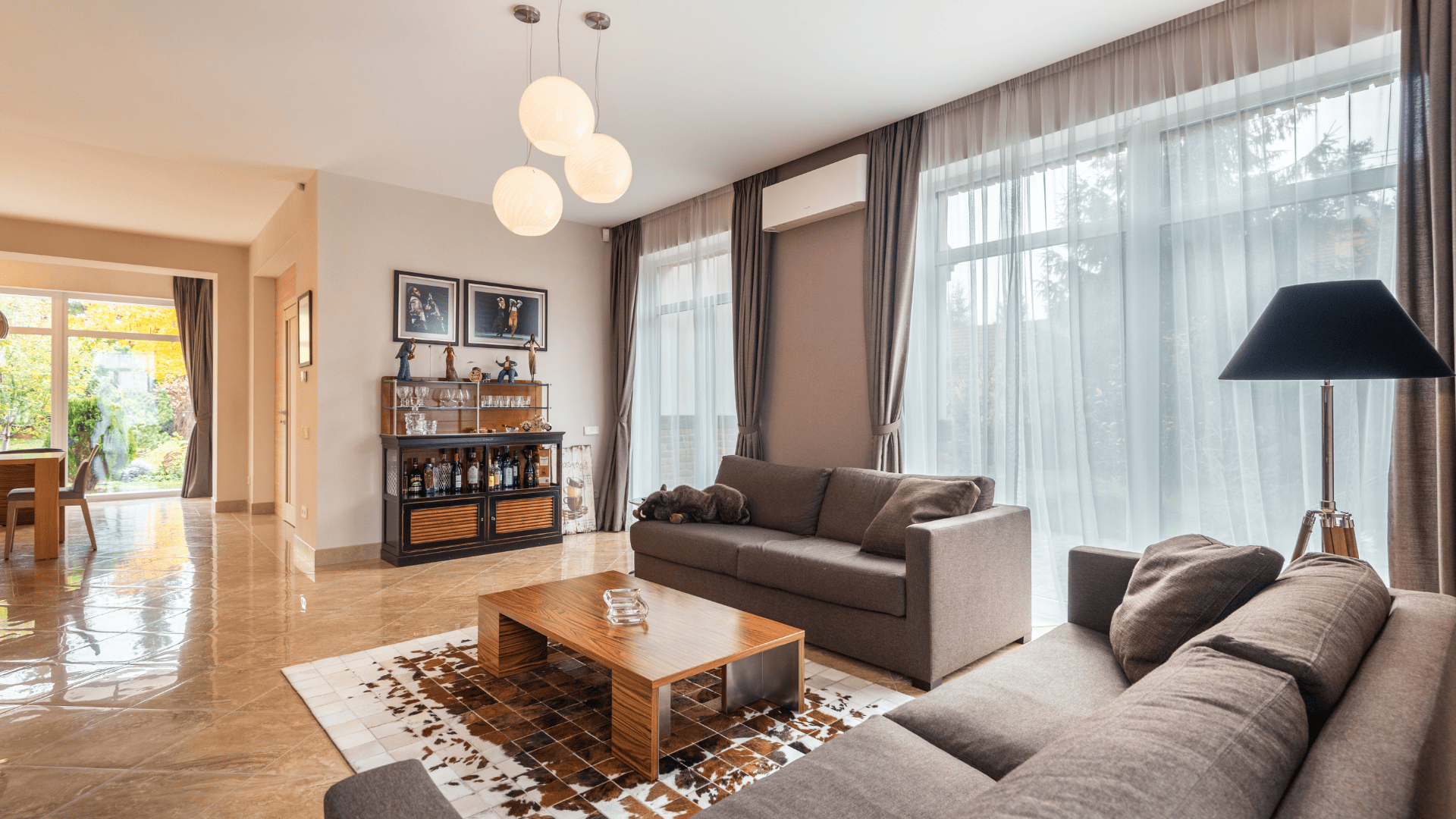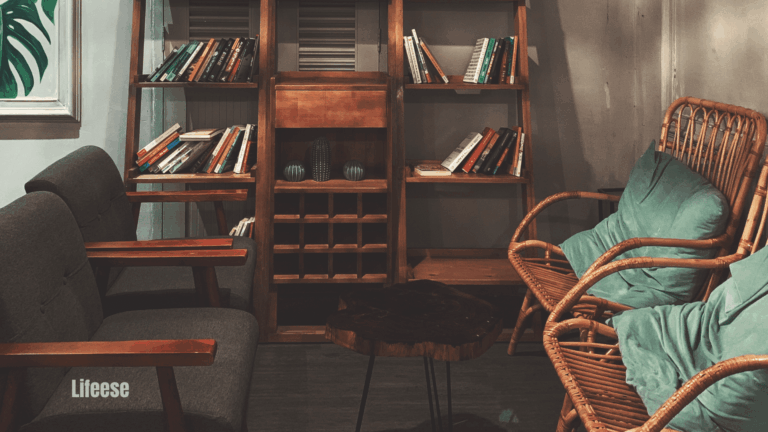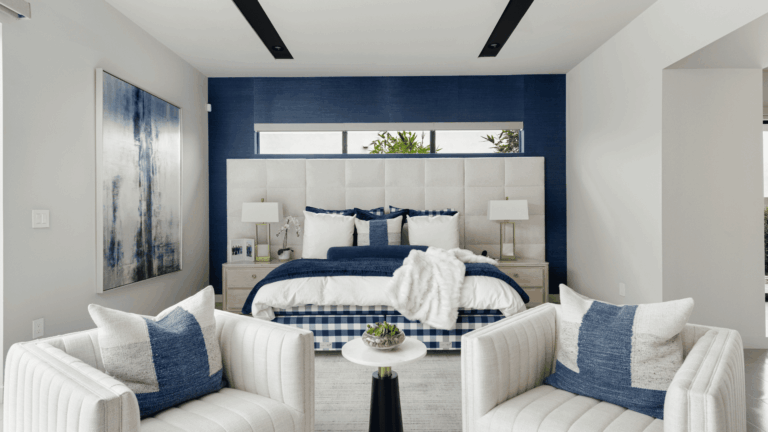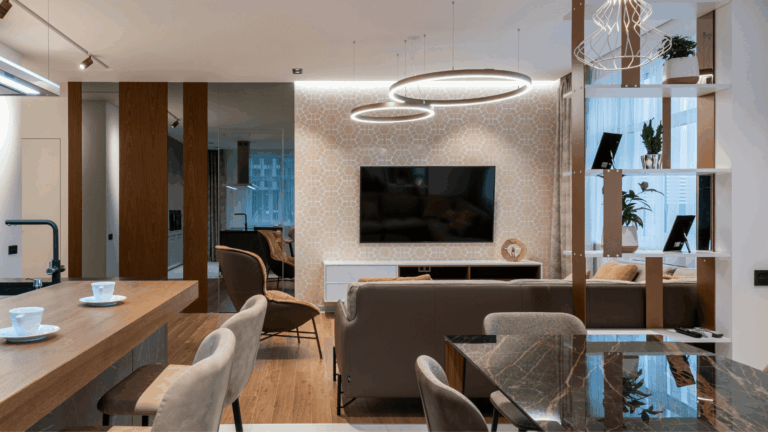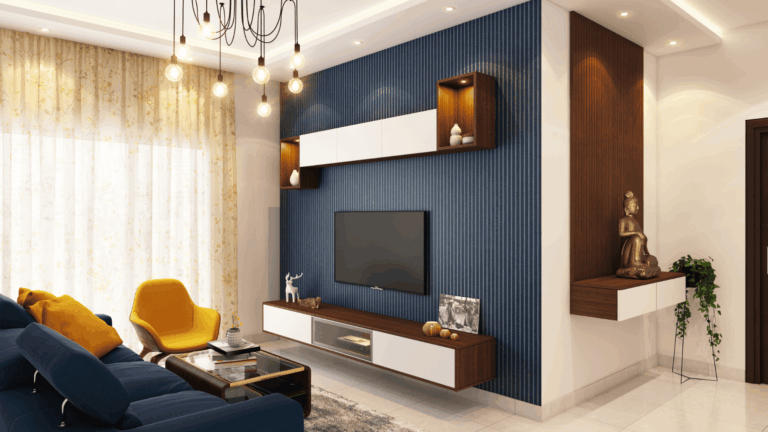Living Room Decoration Ideas to Transform Your Space
Discover 15 living room decoration ideas that will help you design a cozy, stylish, and functional space. From furniture choices to lighting tricks, these ideas will transform your living room with ease.
Understanding the Importance of Living Room Decoration
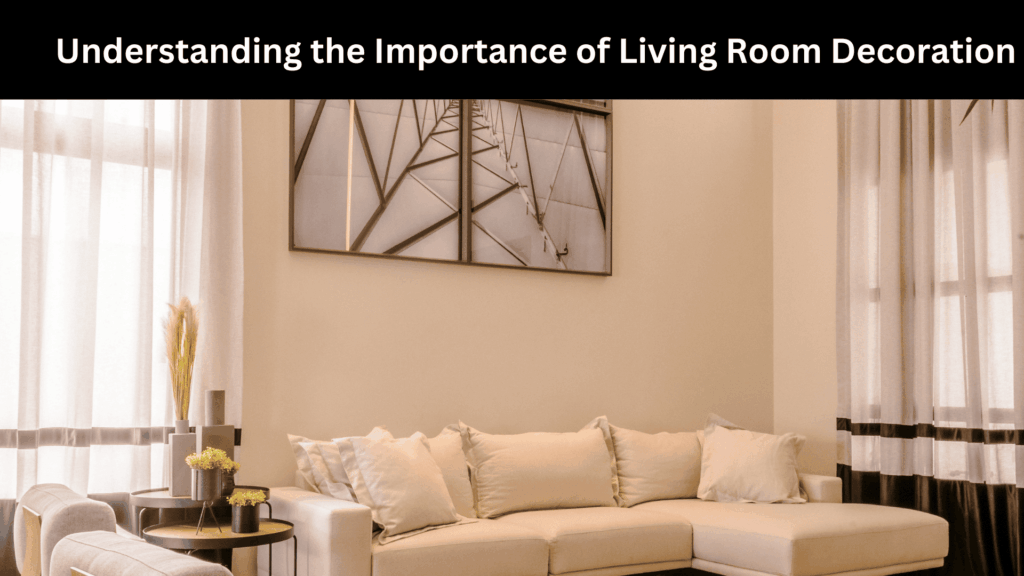
The living room is often called the heart of the home — and for good reason. It’s the place where families gather to share stories, where friends are entertained, and where individuals retreat after a long day. Because of its central role, decorating your living room is more than a matter of style; it’s about creating a space that mirrors your personality, supports your lifestyle, and sets the tone for your entire home.
Decor isn’t just about looks. Colors influence mood, furniture impacts comfort, and lighting affects how we feel. A thoughtfully decorated living room can lift your spirits, encourage relaxation, and make visitors feel welcome. On the other hand, an uninspired or cluttered space might feel stressful or uninviting. That’s why striking the right balance between functionality and aesthetics is essential.
Play with Wall Colors and Textures
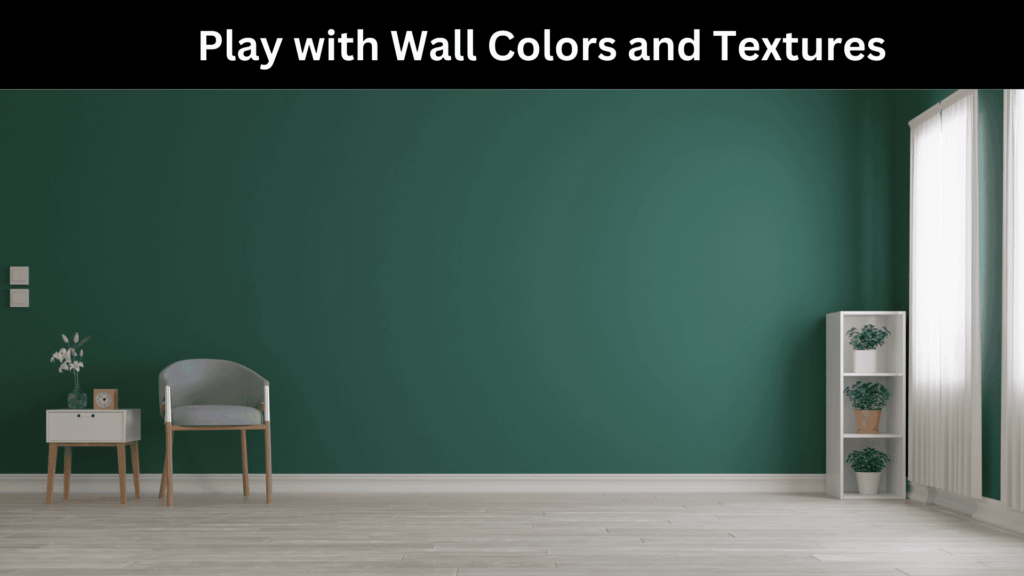
Walls form the backdrop of your living room, and they’re one of the easiest ways to make a dramatic change without breaking the bank. Choosing the right paint shade sets the stage for every other design element.
- Neutral Shades for Calm: Soft whites, warm greys, and beiges create a spacious, open vibe. They allow furniture and accessories to stand out while keeping the room soothing.
- Bold Hues for Drama: Deep blues, emerald greens, or rich terracotta tones add character and make the room feel cozy and intimate.
- Accent Walls: A single wall in a contrasting color or covered in textured wallpaper can become a focal point. Think geometric prints, floral designs, or natural textures like faux brick.
Adding texture also transforms plain walls into works of art. Consider wood paneling, stone cladding, or 3D wall tiles for a modern, tactile finish. If you love DIY projects, you might experiment with paint techniques such as sponging, ombré, or stenciling.
Invest in Comfortable and Stylish Sofas
No piece of furniture defines a living room as much as the sofa. It’s where you curl up with a book, binge-watch your favorite series, or seat your guests. Choosing the right sofa means balancing comfort and aesthetics.
- Fabric Sofas: Soft, cozy, and available in endless colors. Great for casual or family-friendly settings.
- Leather Sofas: Durable, timeless, and elegant. They age beautifully but may need more care.
- Sectionals vs. Loveseats: A large sectional works well for big families or open layouts, while a loveseat or compact sofa suits smaller spaces.
Don’t forget about throw pillows and blankets. These small accessories instantly upgrade a sofa, making it more inviting while adding pops of color and texture.
Tip: Always test your sofa before buying. Sit, recline, and check the cushion depth — comfort is as important as style.
Add Statement Lighting Fixtures
Lighting is often overlooked, but it’s one of the most powerful tools in interior decoration. The right lighting doesn’t just brighten your room; it sets the mood and highlights your favorite features.
- Chandeliers: Perfect for adding a touch of drama and sophistication. They work best in rooms with higher ceilings.
- Floor Lamps: Great for reading corners and adding soft, ambient light. Choose styles that complement your furniture — sleek metal for modern rooms or wood bases for rustic charm.
- Table Lamps: Ideal for side tables and layered lighting. Look for lamps with decorative bases to double as statement pieces.
Layering your lighting is key. Combine overhead lights with softer sources like lamps and dimmers to adjust brightness depending on the occasion. Mirrors placed opposite light fixtures can amplify brightness, making the space feel larger and more welcoming.
Use Rugs and Carpets Creatively
Rugs are more than floor coverings — they’re design anchors that tie the whole room together. A well-chosen rug can define seating areas, add warmth, and bring texture to the floor.
- Size Matters: A rug that’s too small can make the room feel disjointed. Ideally, all front legs of your sofa and chairs should rest on the rug.
- Patterns & Colors: Neutral rugs provide a calm foundation, while bold prints inject energy. Persian, Moroccan, or geometric patterns add character.
- Material Choices: Wool rugs are durable and cozy, while cotton is lightweight and easy to clean. For high-traffic areas, synthetic blends are practical.
Layering rugs is also trending — placing a smaller patterned rug over a large neutral one creates depth and style.
Incorporate Greenery and Indoor Plants
Plants breathe life into your living room — literally and figuratively. They purify the air, soften sharp edges in decor, and add a refreshing natural element.
- Low-Maintenance Choices: Snake plants, pothos, or ZZ plants thrive with minimal care, making them perfect for busy households.
- Creative Displays: Use hanging planters, wall-mounted pots, or stylish ceramic vases. A large potted palm or fiddle-leaf fig makes a stunning focal point.
- Mixing Sizes: Blend small tabletop succulents with tall floor plants for a layered, organic look.
If you’re not confident about maintaining real plants, high-quality artificial ones can offer the same aesthetic benefits without the upkeep.
Showcase Wall Art and Decorative Mirrors
Bare walls can make a living room feel incomplete. Adding artwork or mirrors gives personality, depth, and visual intrigue.
- Wall Art: Choose pieces that reflect your style. Abstracts bring modern flair, landscapes add serenity, while family portraits create warmth. For impact, try a gallery wall with mixed frames and sizes.
- Decorative Mirrors: Beyond being functional, mirrors expand the sense of space. Position them opposite windows to reflect natural light or behind furniture to highlight a statement piece.
- Balance is Key: If your sofa or TV is the focal point, hang art slightly above eye level. Oversized artwork can dominate, while smaller pieces work better in clusters.
Pro Tip: Stick to a color palette that harmonizes with your furniture and accessories to avoid visual clutter.
Organize with Stylish Storage Solutions
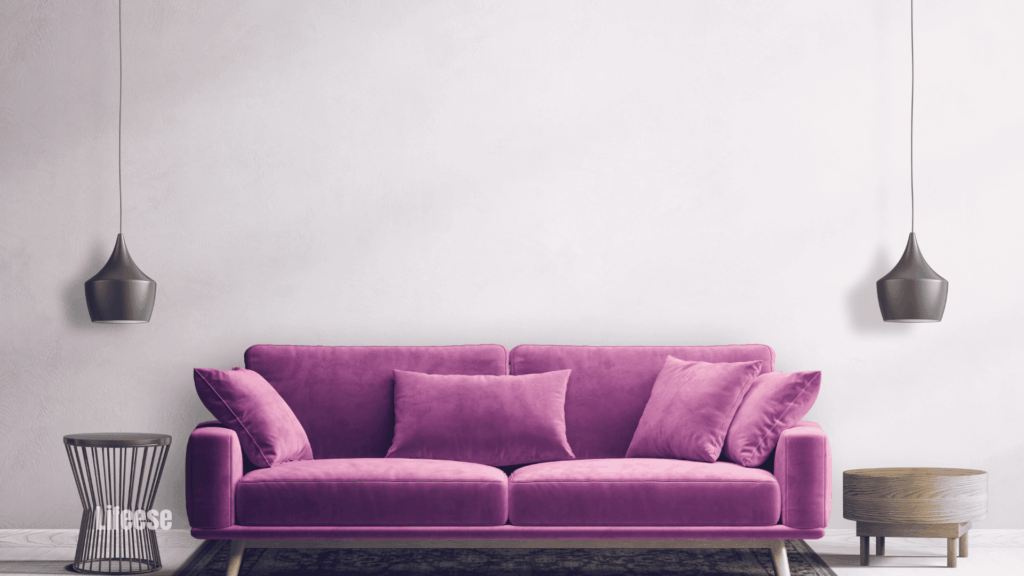
Clutter is the enemy of good design. Yet, living rooms often double as multi-use spaces, making smart storage essential.
- Floating Shelves: Great for displaying books, plants, or souvenirs while keeping the floor clear.
- Cabinets & Consoles: Closed units hide items like board games, remotes, or toys, keeping the room tidy.
- Multi-Functional Furniture: Ottomans with storage, coffee tables with drawers, or benches that double as storage boxes provide practicality without sacrificing style.
Remember: Storage should complement decor. Opt for sleek modern units in contemporary spaces or rustic wooden chests in bohemian settings.
Experiment with Curtains and Window Treatments
Windows are natural highlights in a living room, and the right curtains can either make or break the ambiance.
- Sheer Curtains: Light, breezy, and perfect for letting in sunshine while maintaining privacy. Ideal for smaller rooms that need more brightness.
- Heavy Drapes: Velvet or layered curtains add luxury and insulation, making large spaces feel cozy.
- Blinds & Shades: Roman blinds or bamboo shades create a clean, minimalist look while offering flexibility in controlling light.
Tip: Always hang curtains higher and wider than the window frame. This creates the illusion of taller ceilings and broader windows, enhancing the room’s proportions.
Add Coffee Tables and Side Tables
Tables are both functional and decorative, serving as the backbone of a well-organized living room.
- Coffee Tables: Central to the seating area, they’re perfect for holding drinks, books, or décor. Glass tops suit modern spaces, while wooden or marble options bring warmth and elegance.
- Side Tables: Compact yet practical, they provide surfaces for lamps, plants, or snacks. Nesting tables are versatile for both large gatherings and everyday use.
- Decor Accents: Style your tables with trays, candles, or small plants. A few curated items can add sophistication without clutter.
A good rule of thumb: Keep table height roughly level with your sofa or chair’s armrest for comfort and harmony.
Infuse Personality with Throw Pillows and Blankets
Soft furnishings are the easiest and most affordable way to refresh your living room. They allow you to experiment with trends without committing long-term.
- Throw Pillows: Mix sizes, shapes, and fabrics. Bold patterns can energize neutral sofas, while muted tones balance bright furniture. Seasonal swaps keep things fresh — lighter fabrics for summer, rich textures for winter.
- Blankets & Throws: Draping a knit or faux-fur blanket over a sofa instantly adds warmth and comfort. They’re practical, too, for chilly evenings.
- Color Coordination: Use pillows and throws to tie together wall colors, rugs, or artwork. This creates visual continuity across the room.
Think of these accessories as jewelry for your sofa — small details that make a big impact.
Use Open Layouts and Room Dividers
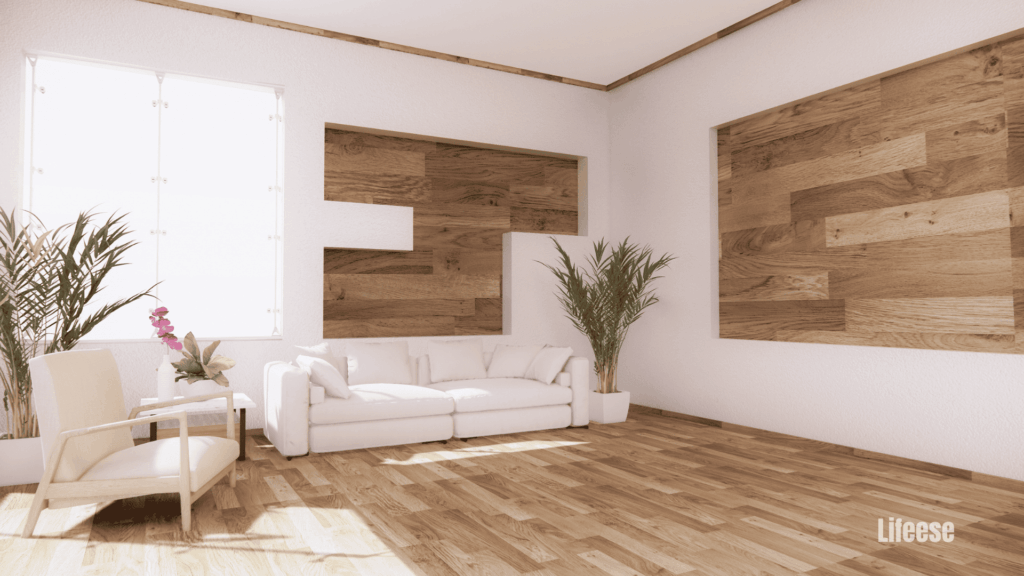
Modern homes often embrace open layouts, where the living room flows into the dining or kitchen space. While this creates a sense of openness, it sometimes lacks definition. That’s where room dividers step in.
- Creating Flow: Arrange furniture strategically to outline spaces without blocking them. For example, positioning a sofa with its back facing the dining area creates a natural boundary.
- Stylish Dividers: Wooden slats, glass partitions, or even large bookshelves can divide areas while adding design flair.
- Rugs as Boundaries: Using different rugs in adjoining spaces helps subtly define zones without physical barriers.
The goal is to maintain openness while giving each area a unique identity.
Display Books and Personal Collections
Your living room should tell your story. Displaying books, souvenirs, or personal collections adds character and makes the space uniquely yours.
- Bookshelves: Whether it’s a full wall library or a compact shelf, books instantly add warmth and intelligence to a room.
- Personal Touches: Show off travel souvenirs, family heirlooms, or art you’ve created. These spark conversations and make the space feel authentic.
- Styling Tips: Mix vertical and horizontal book stacks, intersperse with plants or framed photos, and avoid overcrowding.
Remember: Curation is key. Choose pieces that align with your aesthetic instead of displaying everything at once.
Incorporate Technology Smartly
Living rooms today are more than lounging areas — they’re also entertainment hubs. But tech should enhance your space, not dominate it.
- Concealing Wires: Use cable management systems, wall mounts, or furniture with built-in cable routes to keep electronics neat.
- Smart Gadgets: Integrate smart lighting, speakers, or thermostats for convenience and modern living. Voice-controlled systems add a futuristic touch.
- Blending Screens: Instead of making the TV the main attraction, surround it with artwork, or opt for frame-style TVs that display digital art when not in use.
The idea is to let technology serve functionally while keeping the room stylish and clutter-free.
Create a Focal Point
Every well-designed living room has a focal point — a feature that immediately draws the eye. Without it, the room may feel directionless.
- Fireplaces: A classic option, especially in colder climates. Even faux fireplaces add warmth and charm.
- Feature Walls: Painted in bold colors, clad in wood, or decorated with large artwork, these can set the mood for the entire room.
- Statement Furniture: A unique sofa, oversized artwork, or an eye-catching coffee table can serve as the centerpiece.
Once you establish a focal point, arrange furniture and accessories around it to guide the room’s flow.
Balance Minimalism with Personality
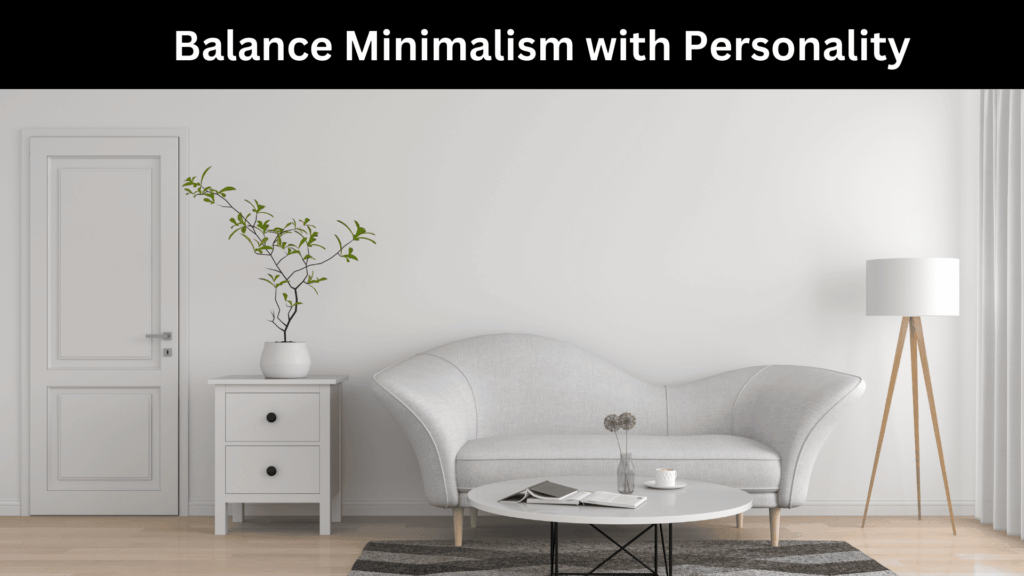
Minimalist living rooms are timeless and clutter-free, but too much minimalism can feel cold or impersonal. The trick is finding the right balance.
- Declutter Regularly: Keep only essentials on display, avoiding overcrowded shelves and surfaces.
- Add Personality: Incorporate meaningful items like family photos, travel mementos, or handmade crafts.
- Neutral Base + Accents: Start with simple furniture and add character through colorful cushions, art, or rugs.
Minimalism doesn’t mean sterile — it means intentional design. By combining clean lines with personal touches, you create a stylish yet welcoming atmosphere.
Frequently Asked Questions
What are the best colors for a small living room?
Light, neutral shades like soft grey, beige, and off-white are perfect for small living rooms. They reflect light, making the space feel larger and airier. To avoid monotony, add pops of color through pillows, rugs, or artwork.
How do I make my living room cozy on a budget?
You don’t need to spend a fortune to create a cozy vibe. Add throw pillows and blankets, use warm-toned lighting, and bring in affordable plants. Rearranging furniture to improve flow can also make the room feel more inviting without any cost.
Should I use mirrors in small spaces?
Yes! Mirrors reflect both natural and artificial light, making small living rooms appear bigger and brighter. Place a large mirror opposite a window to amplify light or behind a sofa to expand depth.
What kind of lighting works best for living rooms?
A layered approach works best. Combine overhead lighting (chandeliers or ceiling lamps) with task lighting (reading lamps) and ambient lighting (floor or table lamps). This way, you can adjust brightness depending on the activity or mood.
How do I decorate without making the room look cluttered?
Stick to a few well-chosen pieces rather than overloading the room with decor. Use multi-functional furniture, keep surfaces tidy, and ensure your color scheme is cohesive. Decluttering regularly also helps maintain a clean, airy feel.
Are plants good for living room decoration?
Absolutely! Indoor plants not only add beauty but also improve air quality and bring nature indoors. Low-maintenance options like snake plants, pothos, and succulents are perfect for busy households. If upkeep is a concern, high-quality faux plants are a great alternative.
Conclusion: Bringing Together 15 Living Room Decoration Ideas
Your living room sets the tone for your home — it’s the first space guests notice and the place where you spend some of your most cherished moments. By thoughtfully applying these 15 living room decoration ideas, you can strike the perfect balance between style, comfort, and functionality.
From experimenting with wall colors to adding greenery, embracing minimalism while showcasing personality, every idea offers a pathway to creating a space that feels uniquely yours. Remember, there’s no one-size-fits-all formula. The best living room is the one that reflects you — your tastes, your lifestyle, and your story.
